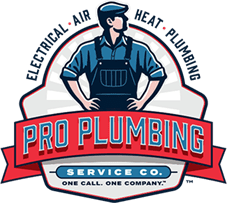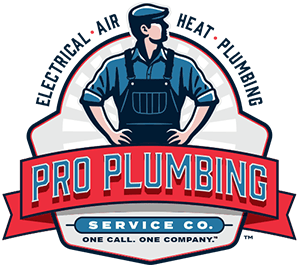As the winter chill sets in, homeowners often find themselves grappling with the challenge of safeguarding their properties against the potential havoc that freezing temperatures can wreak on plumbing systems. We understand the importance of proactive measures to prevent frozen pipes and costly repairs, so we're sharing expert tips on how you can keep the pipes in your house safe during the winter months.
1. Insulate Exposed Pipes:
One of the most effective ways to shield your pipes from the biting cold is to insulate them. Pipes in unheated or uninsulated areas like basements, crawl spaces, and attics are particularly vulnerable. Invest in pipe insulation sleeves or wraps made from materials such as foam or fiberglass. This simple step adds a protective layer, reducing the risk of freezing.
2. Seal Leaks and Cracks:
Inspect your home for any gaps, cracks, or leaks that could allow cold air to seep in and expose your pipes to freezing temperatures. Use weatherstripping or caulk to seal these openings, paying close attention to areas where pipes enter your home. This not only helps protect your plumbing but also improves overall energy efficiency, reducing heating costs.
3. Disconnect and Drain Outdoor Hoses:
Before winter arrives in full force, disconnect and drain all outdoor hoses. Leaving hoses attached can cause water to back up into the faucets and pipes inside your home, increasing the risk of freezing. Store hoses in a shed or garage to prolong their lifespan and prevent damage.
4. Locate and Shut Off the Main Water Valve:
In case of extreme cold weather or if you plan to be away from home for an extended period, locate and shut off the main water valve. This will prevent water from entering your home's plumbing system, eliminating the risk of frozen pipes and potential water damage. Remember to drain the pipes by opening faucets after turning off the main valve.
5. Keep Interior Temperatures Consistent:
Maintain a consistent temperature within your home, especially at night when temperatures tend to drop. While it may be tempting to lower the thermostat to save on energy costs, doing so increases the likelihood of pipes freezing. A few extra dollars spent on heating can save you from the inconvenience and expense of dealing with frozen pipes.
6. Open Cabinet Doors:
In areas where pipes are located behind cabinets, such as under sinks, open the cabinet doors to allow warm air to circulate. This helps prevent cold air from settling around the pipes, reducing the risk of freezing. Consider using a small fan to enhance air circulation in these enclosed spaces.
7. Install Pipe Heating Cables:
For extra protection in extremely cold climates, consider installing pipe heating cables. These cables wrap around pipes and provide a controlled amount of heat, preventing freezing. Make sure to follow the manufacturer's instructions and safety guidelines when installing these cables.
8. Schedule a Winter Plumbing Inspection:
As a plumbing company committed to our customers' well-being, we recommend scheduling a winter plumbing inspection. Our trained professionals can identify potential issues, assess the insulation of your pipes, and provide tailored recommendations to keep your plumbing system in top condition throughout the winter.
Prepared for Winter
By taking these proactive measures, you can ensure that your pipes remain safe and sound during the winter months. As we celebrate our one-year anniversary, we're proud to continue serving our community with expert plumbing advice and services.
Remember, a little preparation goes a long way in preventing winter plumbing headaches. If you need some help, just reach out: (336) 218-9335. We want you to stay warm and worry-free!


